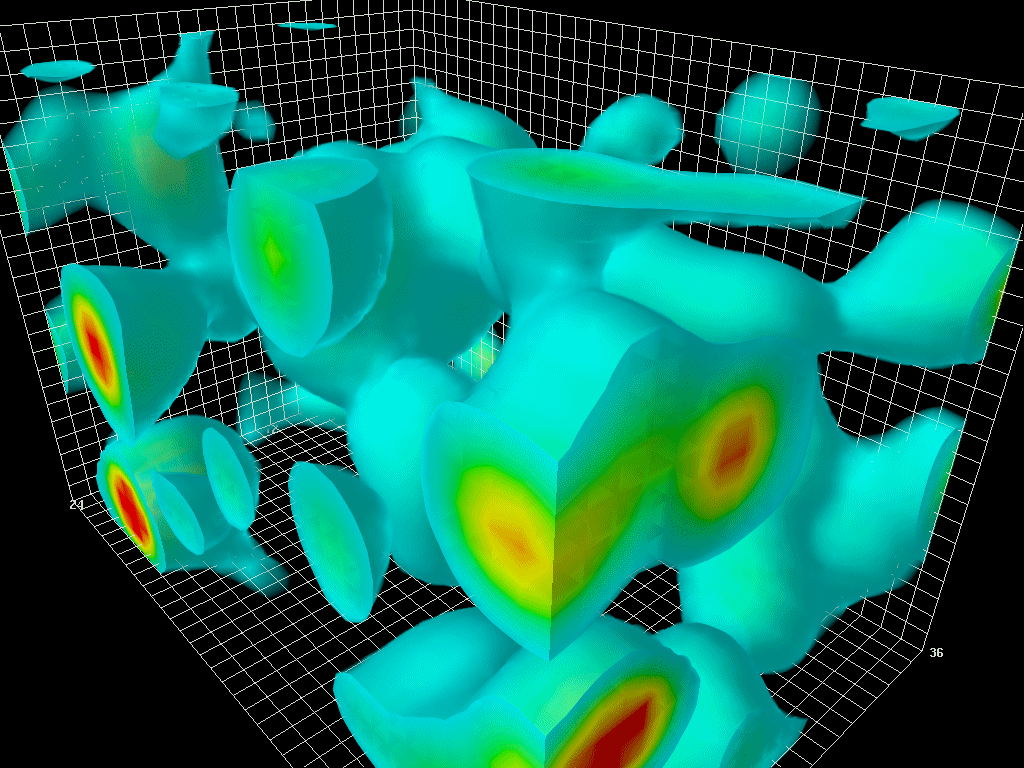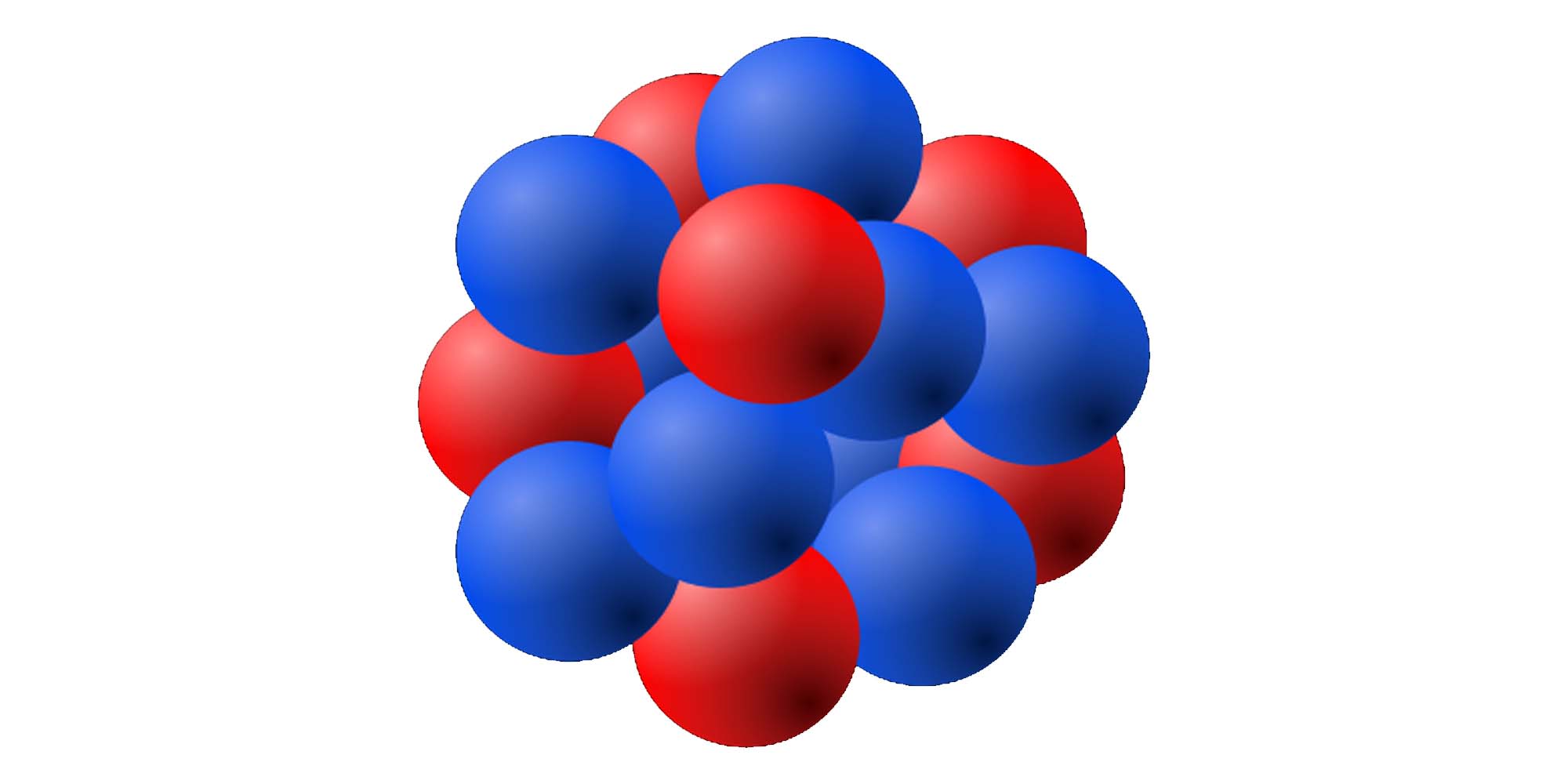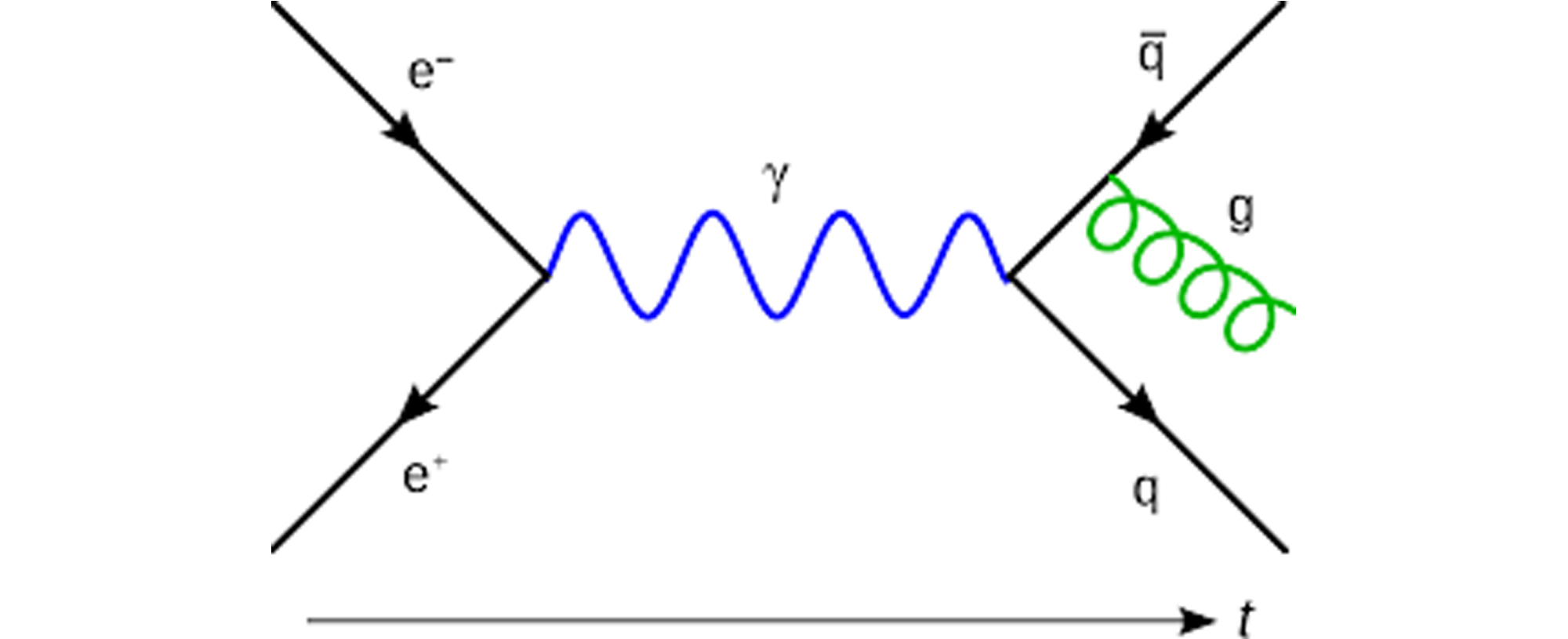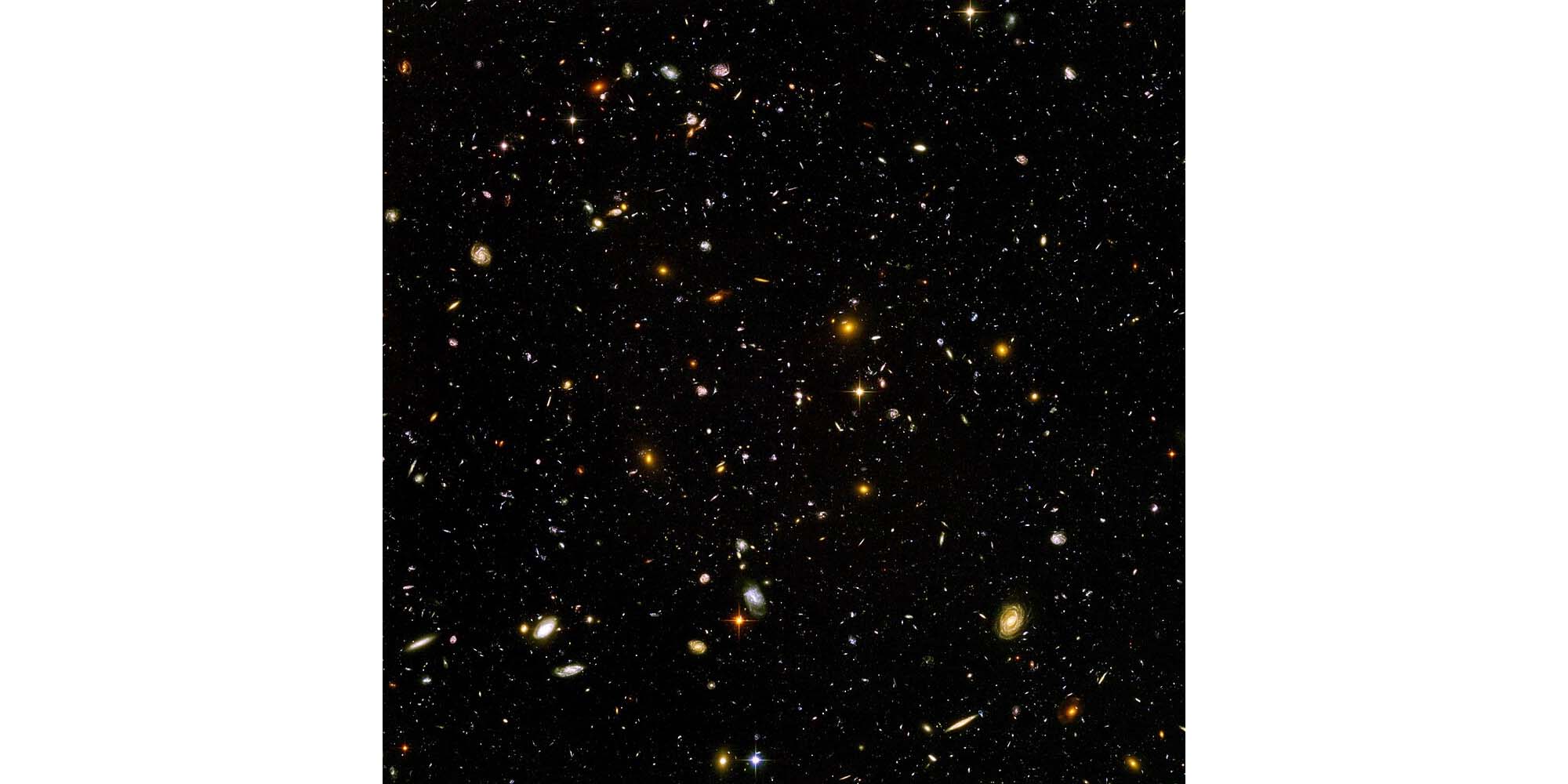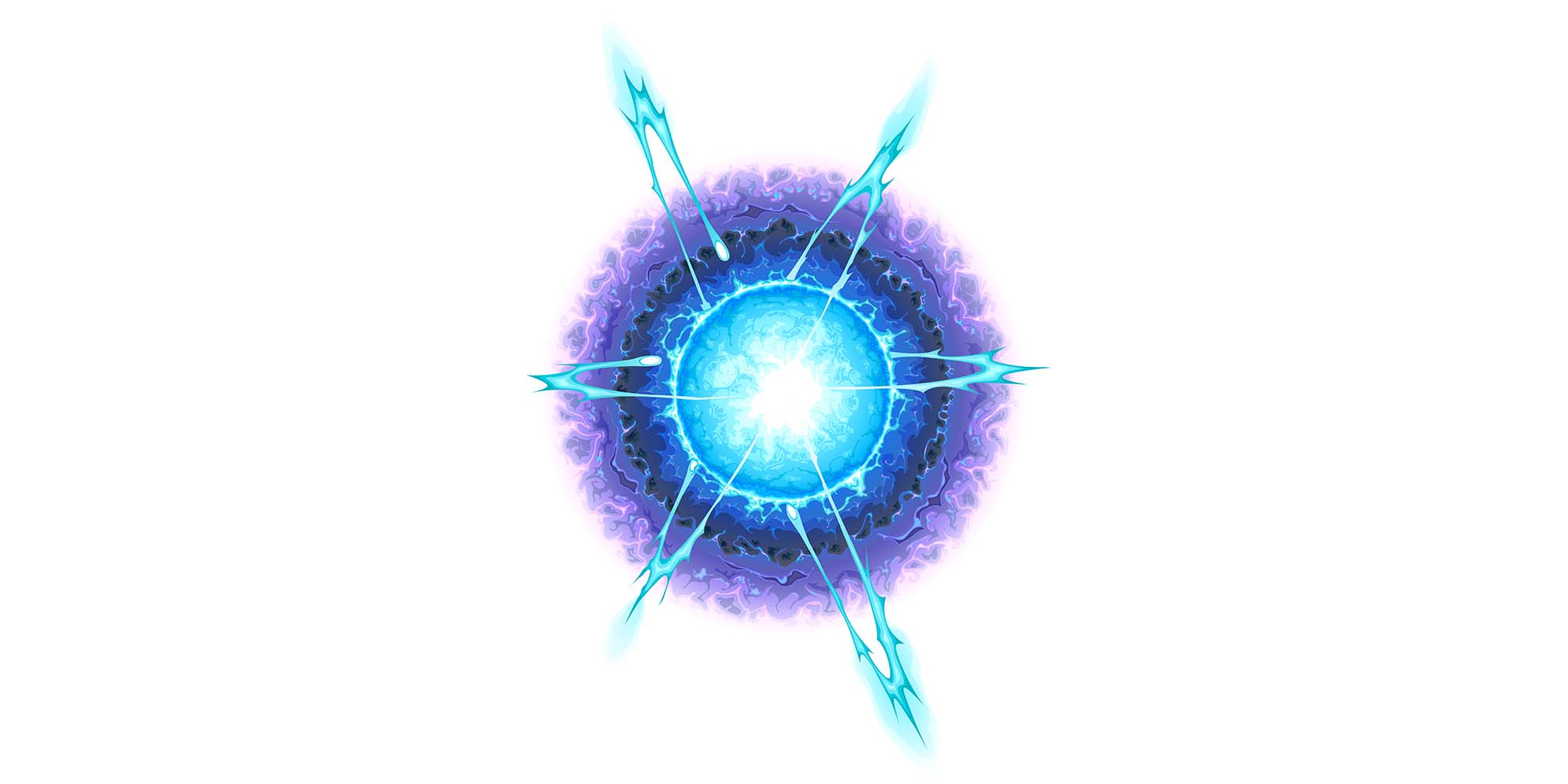Nuclear Force
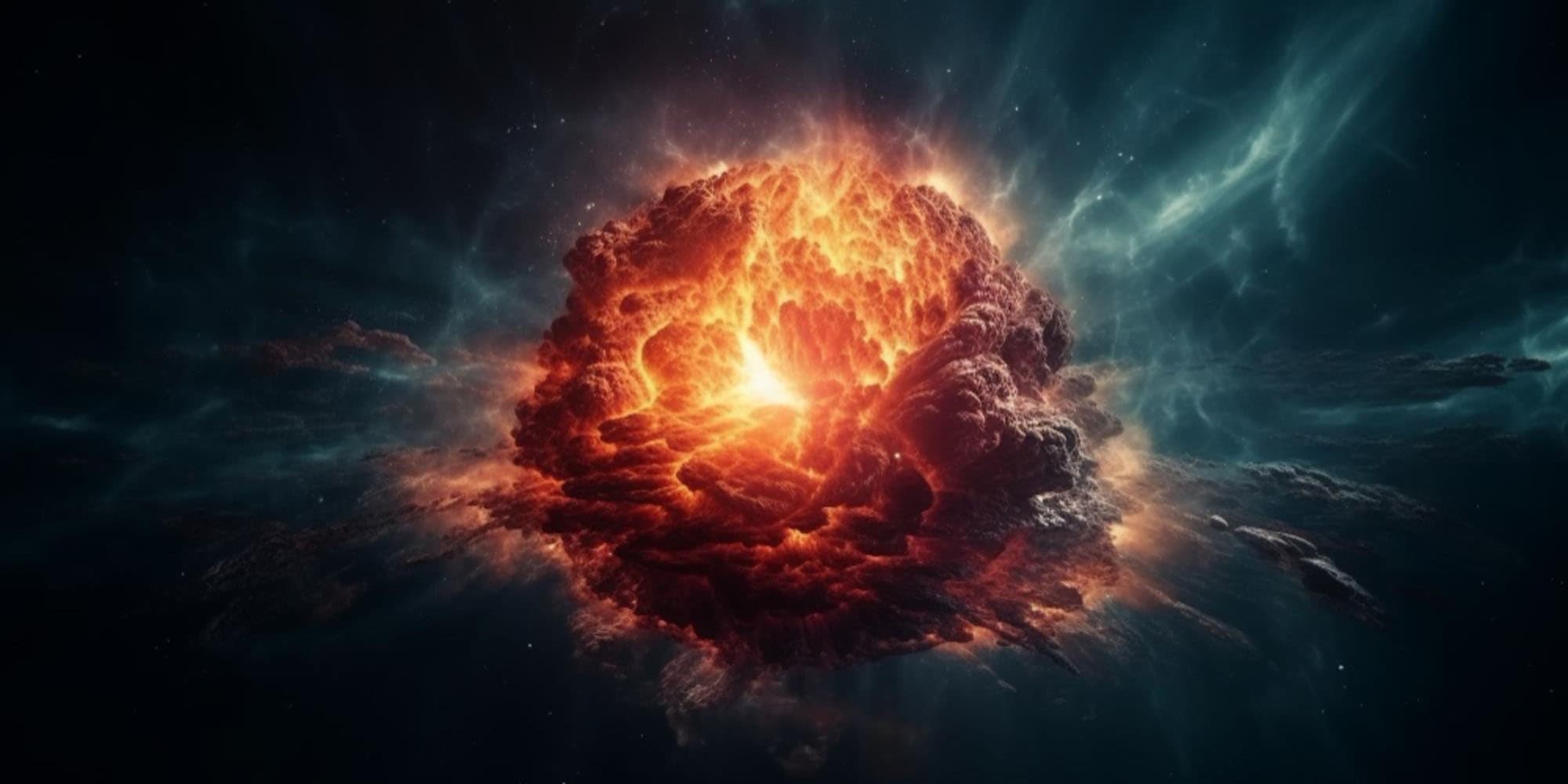
Strong nuclear force
We already know that the strong nuclear force binds quarks together within nucleons (such as protons and neutrons). And we know that the strong force is only experienced by subatomic particles that carry a color charge, and that protons and neutrons have no net color charge.
More details in Attractive Strong Force article
Residual effect
So, that means that protons and neutrons can’t experience the strong nuclear force.
But they do.
While the strong force itself operates at the quark level, the residual effect of the strong force extends beyond the boundary of the proton or neutron.
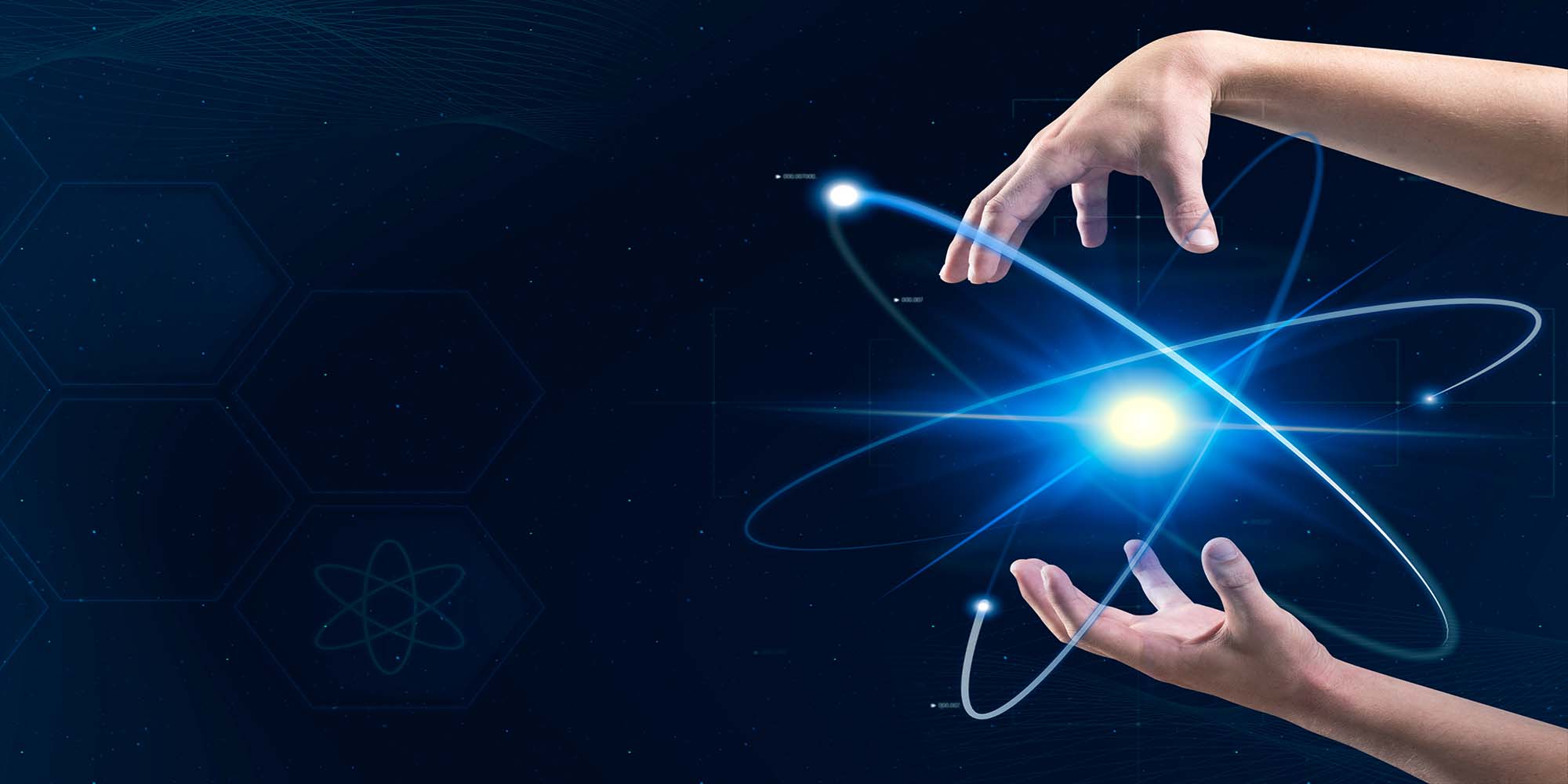 Image by rawpixel.com on Freepik
Image by rawpixel.com on Freepik
This residual effect (or side effect) is what binds protons and neutrons together in the nucleus.
The residual strong force (nuclear force) is strong enough to keep protons and neutrons bound together, even though the positively charged protons repel each other (like charges repel).
Even a fraction of the strong nuclear force is stronger than the repulsive electromagnetic forces between protons.
Imagine that!
How is nuclear force mediated?
Quarks continuously exchange gluons within the nucleons, reinforcing their bond.
In this dynamic and energy-rich environment, due to these intense frequent interactions, a "sea" of virtual particles around each nucleon is created.
And as two nucleons approach one another, their “sea” of virtual particles start to overlap.
Within this overlapping region, virtual particles, such as virtual quark-antiquark pairs, can be exchanged between the nucleons.
The exchange of these virtual particles creates an attractive force between the nucleons, which binds them together within the nucleus.
This attractive force is the residual strong force, a "shadow" of the strong force that operates inside individual nucleons.
I have so many more questions now!
What is a virtual quark-antiquark pair?
A virtual quark-antiquark pair refers to a transient manifestation of energy in the form of a quark and its corresponding antiquark, which arise spontaneously from the quantum vacuum.
Don’t get me wrong, I like this definition (actually, love it!). But I don’t understand how this is possible.
Let’s break this down.
Why are these pairs called “virtual”?
These pairs are termed "virtual" because they do not have the same properties as "real" particles.
Their existence is fleeting, and they cannot be directly observed.
How do virtual pairs “arise spontaneously”?
In quantum field theory, the vacuum isn't just empty space!
As defined by MIT professor Rajagopal in his 2001 article “Free the Quarks”: in QCD, the vacuum is a frothing, seething sea of quarks, antiquarks, and gluons arranged precisely so as to have the minimum possible energy”.
Sounds so beautiful!
Particle-antiparticle pairs spontaneously appear and annihilate in incredibly short amounts of time.
They're essentially short-lived fluctuations in the quantum field.
The vacuum is the state in which these fluctuations happen to yield the lowest possible energy.
How are virtual pairs possible?
As all virtual particles, virtual pairs are a consequence of the uncertainty principle.
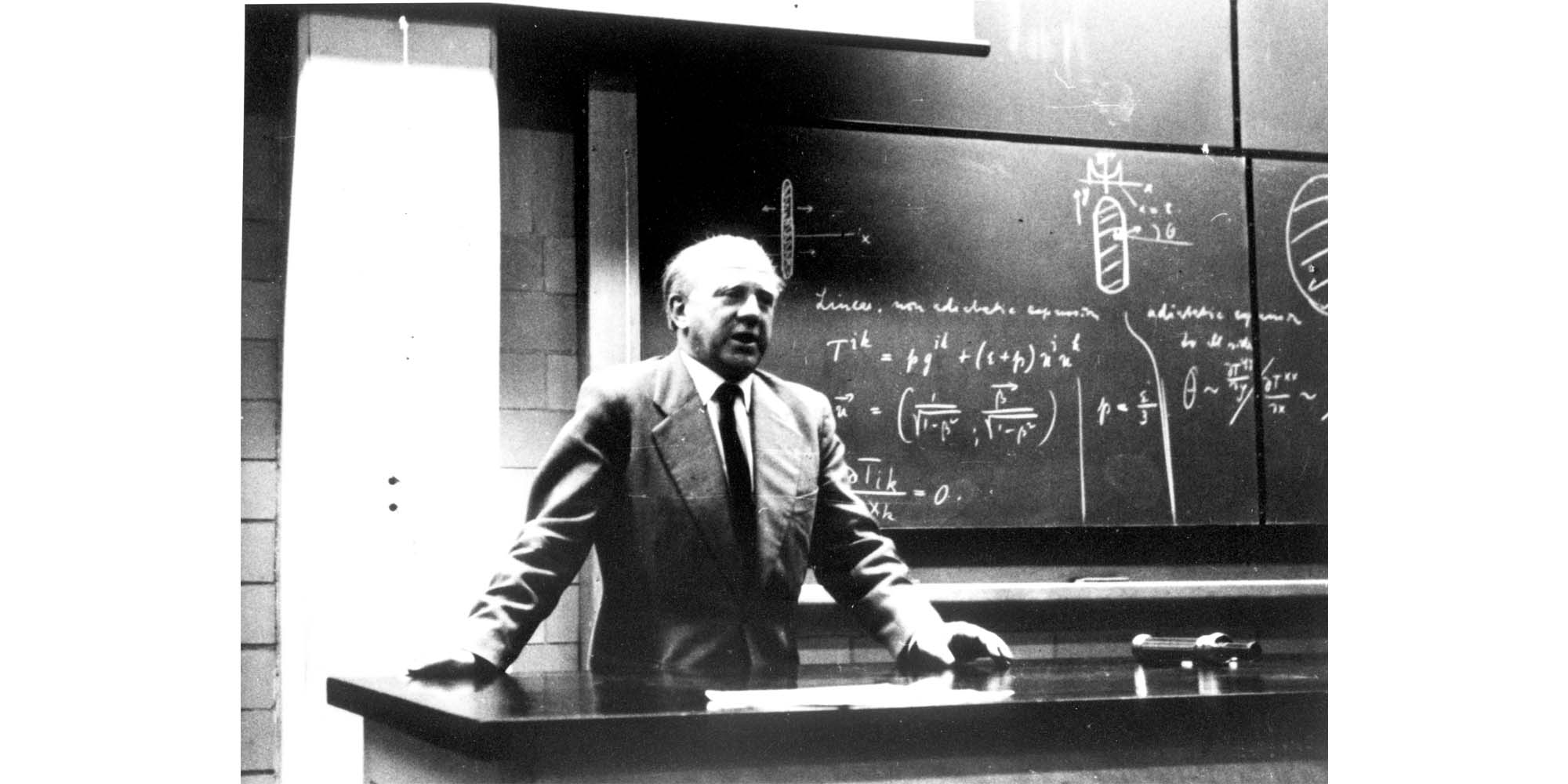 AIP Emilio Segrè Visual Archives, Lande Collection - Heisenberg Werner
AIP Emilio Segrè Visual Archives, Lande Collection - Heisenberg Werner
In line with the uncertainty principle, developed by Werner Karl Heisenberg in 1927, energy can momentarily "borrow" from the vacuum to produce virtual pairs, as long as they disappear quickly.
So, gluons, which mediate the strong interaction, can temporarily convert their energy and create virtual quark-antiquark pairs within this framework.
These virtual pairs are "borrowed" from the vacuum and must be quickly annihilated to conserve energy.
This uncertainty principle is quite interesting! I believe it deserved its own article.
For now, I’ll just keep in mind that it is possible for virtual pairs to be “borrowed” from the vacuum, as long as they are quickly returned.
Nuclear force mediation in a nutshell.
In summary, the strong interaction of gluons within the nucleons, which mediates the strong nuclear force and keeps quarks bound together, also has a residual effect.
In this dynamic and energetic environment, virtual short-lived quark-antiquark pairs are “borrowed” from the vacuum, and are exchanged between the nucleons, mediating the residual strong force and binding them together in the nucleus.
So, residual strong force is the “echo” of the strong force, extended into the nucleus.
Ok, I believe I now understand (the very basics of simplified explanations of) how nuclear force keeps nucleons bound together in the nucleus.
Of course, I now have so many more questions!

